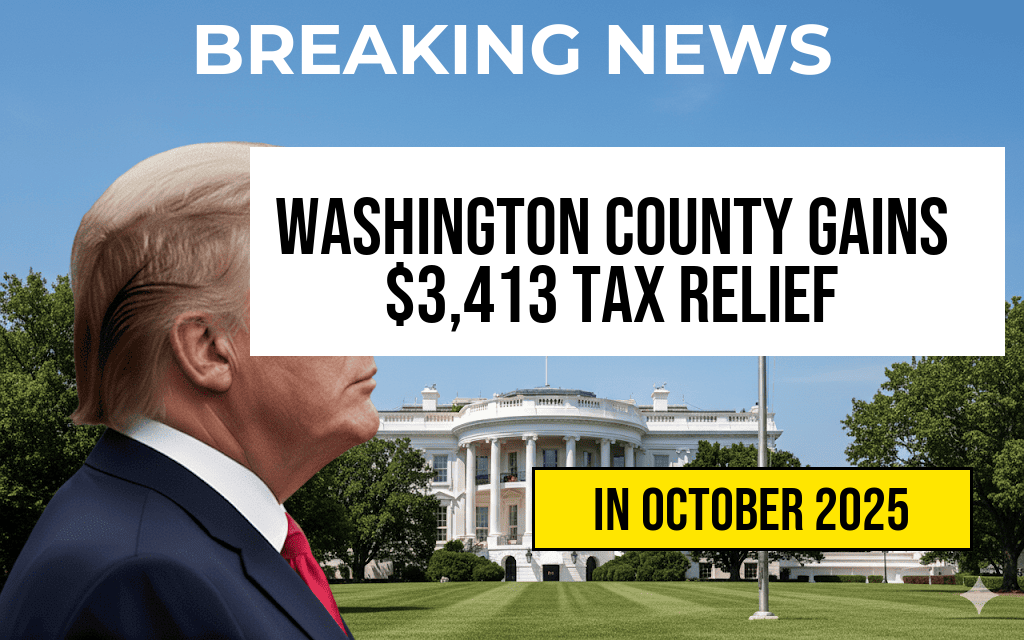President Donald Trump’s recent Rescissions Act has resulted in a significant reduction of the federal budget by approximately $7.9 billion, marking one of the largest rescission efforts during his administration. Announced last week, the measure aims to trim government spending by canceling or delaying certain previously approved appropriations across multiple agencies. The move reflects a broader strategy to tighten federal fiscal policies amid ongoing debates over national debt and deficit reduction. While supporters argue that the rescissions will promote fiscal responsibility, critics contend that the cuts could hinder essential government functions and services. The legislation has garnered mixed reactions from lawmakers, agencies, and advocacy groups, highlighting the complex balancing act between fiscal discipline and operational needs. This article examines the scope of the rescissions, the sectors impacted, and the political implications of the budget adjustment.
Understanding the Rescissions Act and Its Scope
Legislative Background and Purpose
The Rescissions Act is a legislative tool that allows the President and Congress to identify and cancel budget authority that was previously allocated but remains unspent. Historically, such measures are employed to reallocate funds or reduce deficits, often as part of broader fiscal policy initiatives. The recent act, signed into law after congressional approval, authorizes the rescission of nearly $8 billion across multiple departments. It is intended to streamline federal spending, eliminate waste, and adhere to the administration’s deficit reduction goals.
Key Components of the Budget Reduction
| Department | Amount Rescinded | Percentage of Total Cuts |
|---|---|---|
| Department of Defense | $3.2 billion | ~40% |
| Department of Health and Human Services | $1.5 billion | ~19% |
| Department of Education | $1 billion | ~13% |
| Environmental Protection Agency | $900 million | ~11% |
| Other Agencies | $1.3 billion | ~17% |
As detailed, the Department of Defense accounts for the largest share of the rescissions, reflecting the administration’s focus on defense spending adjustments. Other affected agencies include health, education, and environmental sectors, which collectively bear the remaining cuts.
Impacts on Federal Programs and Services
Defense and Security
The $3.2 billion reduction in defense funding raises questions about the readiness of military operations and procurement activities. Pentagon officials have indicated that some planned projects may face delays, but the military maintains that core operations will continue without significant disruption. Critics argue that such cuts could undermine national security, especially in a tense geopolitical climate.
Health and Education Initiatives
Funding reductions in the Department of Health and Human Services and the Department of Education threaten to slow down ongoing health research programs, public health initiatives, and school aid programs. While some argue that reallocating funds could improve efficiency, advocacy groups warn that vulnerable populations may suffer from diminished access to services.
Environmental and Regulatory Programs
The EPA’s $900 million cut is expected to impact environmental enforcement, pollution control efforts, and climate change initiatives. Environmental organizations have expressed concern that such reductions could weaken regulatory oversight and environmental protection measures.
Political Reactions and Strategic Considerations
Supporters’ Perspective
- Fiscal Responsibility: Proponents argue that rescinding unspent funds is a prudent step toward reducing the federal deficit, aligning spending with actual needs and preventing wasteful expenditures.
- Budget Discipline: The measure signals a commitment to tighter fiscal oversight, especially amid rising national debt levels, which reached over $31 trillion.
- Efficiency Gains: Some officials see the rescissions as an opportunity to eliminate outdated or unnecessary programs.
Critics’ Concerns
- Operational Disruptions: Opponents warn that cuts could impair essential services, especially in health, education, and environmental sectors.
- Political Motivations: Critics suggest that the rescissions are politically motivated efforts to appease fiscal conservatives rather than a genuine step toward fiscal sustainability.
- Long-Term Risks: There is concern that such reductions could hinder long-term investments in public health, infrastructure, and security.
Looking Ahead: Fiscal Policy and Budget Strategies
The rescissions act exemplifies ongoing tensions between budget discipline and government function. While the administration emphasizes the importance of controlling spending, some lawmakers and policy experts advocate for a more balanced approach that safeguards critical programs. Future budget negotiations are likely to focus on resolving these competing priorities, especially as discussions about the federal debt ceiling and fiscal reforms continue.
For further details on federal budget processes and recent legislative measures, consult resources such as Wikipedia’s overview of the U.S. federal budget and analysis from reputable outlets like Forbes.
Frequently Asked Questions
What is the main purpose of Trump’s Rescissions Act?
The main purpose of Trump’s Rescissions Act is to reduce the federal budget by approximately seven point nine billion dollars through rescinding designated funds from various government programs, aiming to decrease overall government spending.
Which areas or programs are affected by the rescission of funds?
The act impacts several government sectors by rescinding funds allocated for specific projects and programs. Details vary, but the primary goal is to target areas where budget reductions can be achieved without compromising essential services.
How does the budget reduction impact government operations?
The seven point nine billion dollar reduction may lead to scaled-back operations or delays in certain government projects, but the overall impact depends on how rescinded funds are reallocated or managed within the affected agencies.
What are the political implications of the Rescissions Act?
The act may generate political debate regarding government spending priorities, with supporters viewing it as responsible fiscal management and opponents raising concerns about potential negative effects on government services and programs.
When was the Rescissions Act enacted, and what are the next steps?
The Rescissions Act was enacted on a specific date in 2023, with implementation steps involving the distribution and management of rescinded funds. Ongoing oversight will monitor the impact and effectiveness of these budget reductions.






